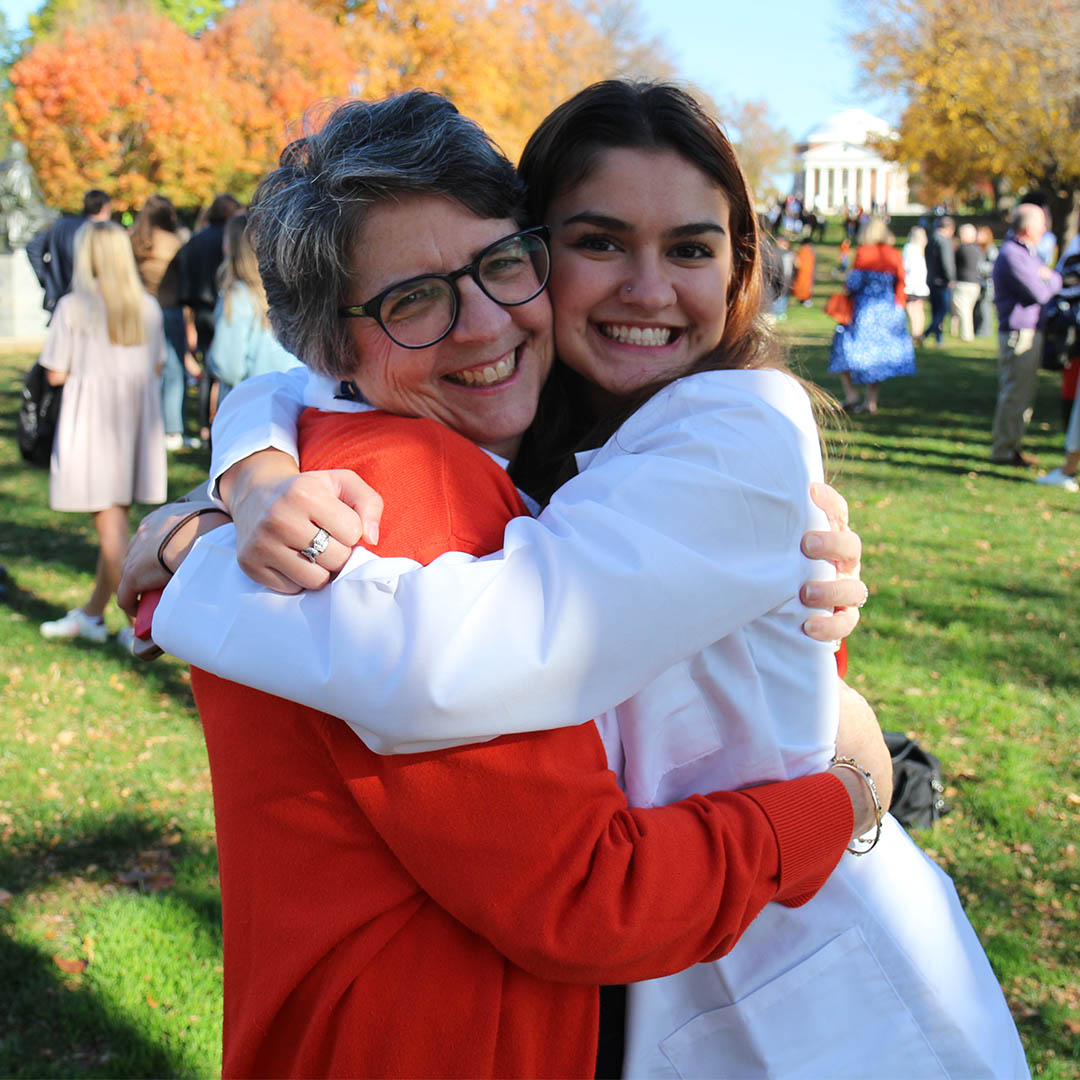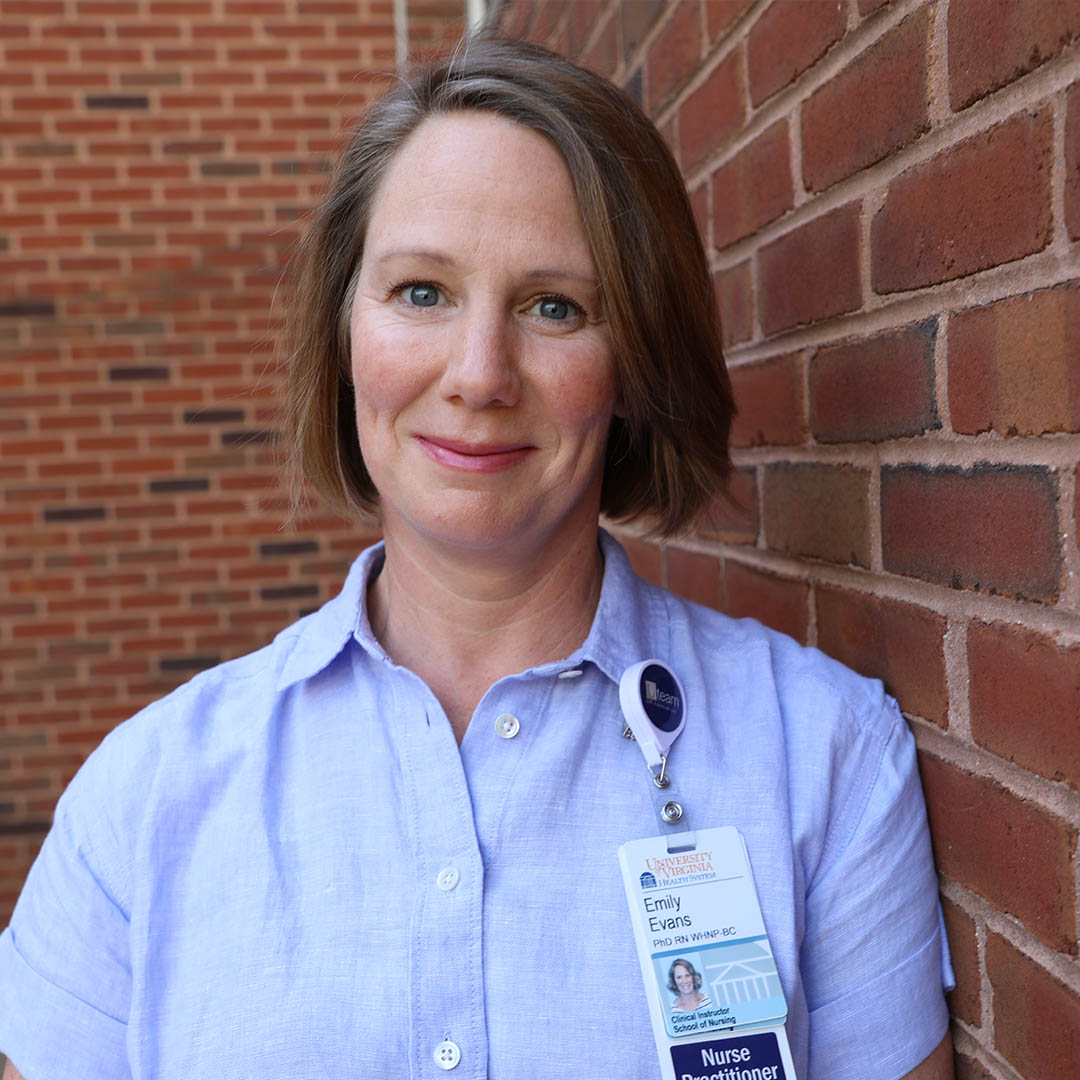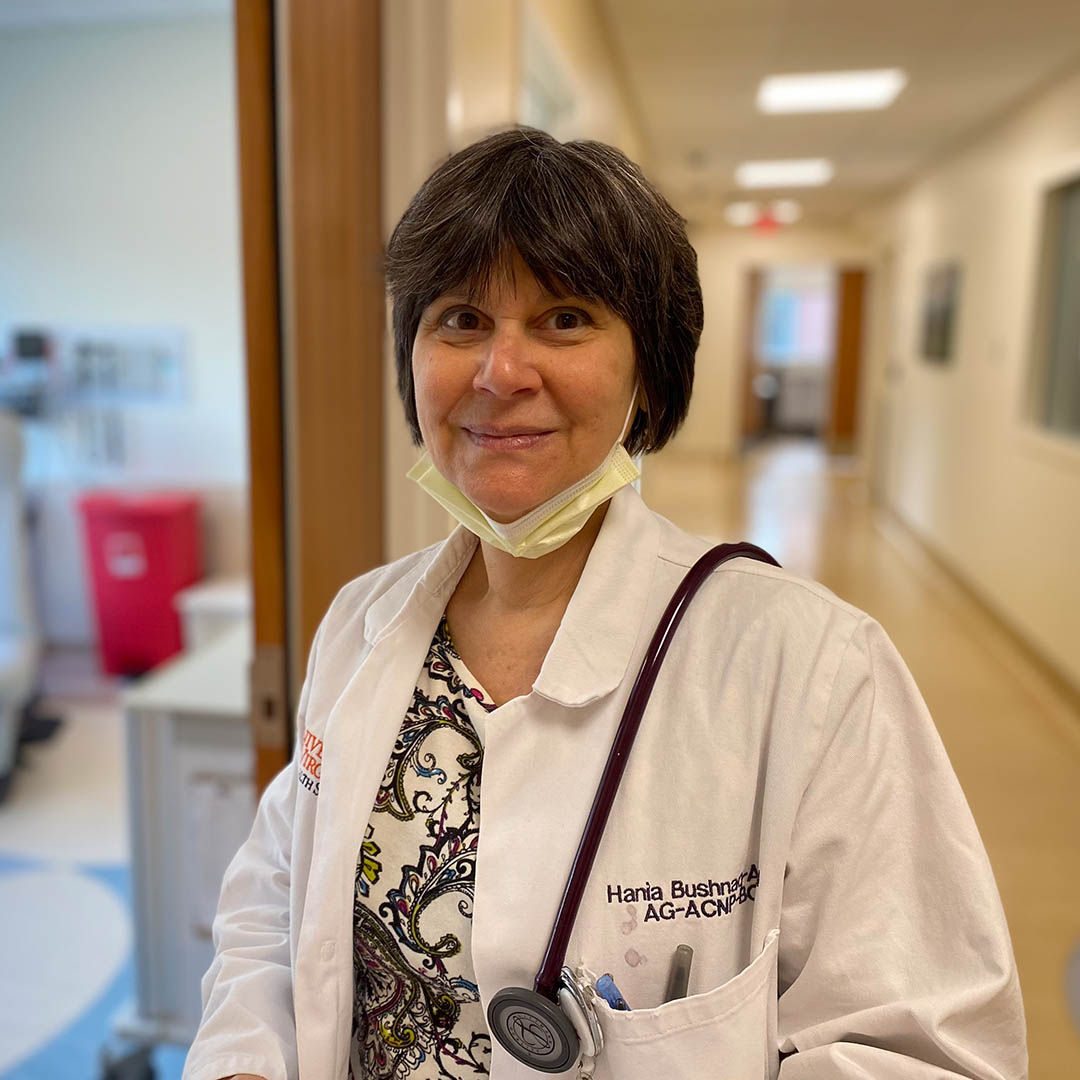
New Tactics
Clinical simulation educator James Nisley claims he’s not creative.
56 hours
The average amount of time it takes to create a single-patient simulation from scratch, according to research
It used to take him weeks to develop a new simulation—its learning outcomes and structure, as well as the infinite details that bring a simulation story to life, like setting, plot and action, patient medical and psychological profiles, and backstories.
In December 2023, though, after the Virginia Board of Nursing mandated that the School offer specific clinical experiences in a long-term care setting, Nisley—who’d just devoured a feature article on the use of AI in simulation in the Society for Simulation in Healthcare Journal—dipped into ChatGPT for the first time. He came away intrigued.
The tool created eight standardized patient profiles in seconds—patients with complex diagnoses, medications, labs, and varied backstories. Across 127 pages and 28,000 words, it dreamed up the “Harmony Haven” nursing home and helped Nisley develop and refine the simulation’s objectives, bringing immediate color and depth to a process that otherwise would have taken him weeks.
“The literature shows that it takes about 56 hours to develop a one-patient simulation from scratch,” Nisley explained, “but within seconds of logging in, I was getting information and data and ideas, and was like, ‘I’ve got this.’ It took my stress level down because I had to do everything by the end of winter break. I was amazed.”
In the end, Nisley developed the entire eight-patient "Harmony Haven" simulation and all its characters, medical records, test results, and formatting, in about 75 hours using AI: less than one-quarter of what it might have taken, on average, to create it without using AI for help.
Not that Nisley didn’t notice a few hiccoughs—“hallucinations” in AI parlance.
“There were medications prescribed for one simulated patient that, based on her diagnosis, were totally inappropriate,” Nisley recalled. AI also generated bad lab values, strange imaging results, and inaccurate CT scans, errors he found as he combed through the ideas it generated.
But he was intrigued. In the 15 months since, he’s presented the “Harmony Haven” simulation at two international simulation conferences, both to a standing-room only crowd, work that tethers him to goal 1, transforming educational offerings, and enthusiasm for a new way to work.
These days, ChatGPT is Nisley’s regular companion: to craft multiple choice questions for quizzes, develop learning outcomes, and refine presentation proposals.
“I’m not afraid, but curious,” Nisley said. “I want to tackle it, understand it, and champion it.”
---
Foundational Lessons
When students ask for help, how do we respond?
As the School bends and broadens its approach to nursing education, it upholds its core, those traits that have made it so strong for so long: how it centers and supports students.
Read More
Techspiration
Using tech's strengths and limitations to drive important nursing lessons home
How faculty like assistant professor Emily Evans (PhD ’14) are using tech to enliven online course visuals, content, and buttress collaboration.
Read More
Powered by Orange and Blue
Alumni raise their hands to serve
How the School is turning to alumni like advanced practice nurse Hania Aloul (MSN ’13) willing to nurture the next generation of "curious, energetic, sharp-witted" clinicians to "pay it forward."
Read More














